Why is my Panasonic CS-YE12MKE outdoor unit emitting water or steam?
- NNathan HayesAug 4, 2025
The water or steam emitted from the outdoor unit of your Panasonic Air Conditioner is due to condensation or evaporation occurring on the pipes.
Why is my Panasonic CS-YE12MKE outdoor unit emitting water or steam?
The water or steam emitted from the outdoor unit of your Panasonic Air Conditioner is due to condensation or evaporation occurring on the pipes.
Why does my Panasonic CS-YE12MKE Air Conditioner start automatically after a power failure?
The Panasonic Air Conditioner is equipped with an Auto Restart function. If the power is interrupted and then restored, the unit will automatically resume operation using the previous settings (operation mode and air flow direction), as long as the operation was not stopped by remote control.
Why does mist emerge from my Panasonic CS-YE12MKE indoor unit?
The mist emerging from the indoor unit of your Panasonic Air Conditioner is a condensation effect that occurs due to the cooling process.
Why is there a delay when I restart my Panasonic CS-YE12MKE?
The operation delay after restarting your Panasonic Air Conditioner is a built-in protection mechanism for the unit's compressor.
Why does my room have a peculiar odor when using my Panasonic CS-YE12MKE?
The peculiar odor in the room when using your Panasonic Air Conditioner may be due to a damp smell emitted by the wall, carpet, furniture, or clothing.
Why does the indoor fan stop sometimes on my Panasonic Air Conditioner during automatic fan speed?
The indoor fan in your Panasonic Air Conditioner stops occasionally during automatic fan speed setting to help remove surrounding odors.
Why is the pressure low during heating mode in my Panasonic CS-YE12MKE Air Conditioner?
Low pressure during heating mode in your Panasonic Air Conditioner may be due to an inefficient compressor, insufficient refrigerant, or a clogged strainer or capillary cube.
Warnings for indoor/outdoor units and power supply to prevent injury, electric shock, or fire.
Warnings and cautions for remote control usage and battery handling.
Cautions for indoor/outdoor units, including cleaning, placement, and avoiding damage.
Cautions for power supply, plug, and cord handling to prevent shock or fire.
How to turn the unit on/off, set temperature, select modes, and adjust airflow direction.
Using quick temperature achievement and quiet environment settings.
Setting delay ON/OFF timers, confirming, and cancelling timer operations.
Instructions for cleaning the indoor unit, front panel, and air filters.
Description of unit parts and using the auto ON/OFF button for manual control.
Symptoms that do not indicate malfunction, such as mist or water sounds.
Checks to perform before calling for servicing, like temperature settings and battery status.
Procedure to retrieve error codes using the remote control for troubleshooting.
Specifications for different models, cooling/heating capacity, and noise levels.
Air circulation, weight, dimensions, and operating temperature ranges.
Steps for preparing the remote control by inserting batteries and closing the cover.
Selecting modes (AUTO, HEAT, DRY, COOL) and turning the unit ON/OFF.
How to select the desired temperature using the remote control.
Warnings for indoor/outdoor units and power supply to prevent injury, electric shock, or fire.
Warnings and cautions for remote control usage and battery handling.
Cautions for indoor/outdoor units, including cleaning, placement, and avoiding damage.
Cautions for power supply, plug, and cord handling to prevent shock or fire.
How to turn the unit on/off, set temperature, select modes, and adjust airflow direction.
Using quick temperature achievement and quiet environment settings.
Setting delay ON/OFF timers, confirming, and cancelling timer operations.
Instructions for cleaning the indoor unit, front panel, and air filters.
Description of unit parts and using the auto ON/OFF button for manual control.
Symptoms that do not indicate malfunction, such as mist or water sounds.
Checks to perform before calling for servicing, like temperature settings and battery status.
Procedure to retrieve error codes using the remote control for troubleshooting.
Specifications for different models, cooling/heating capacity, and noise levels.
Air circulation, weight, dimensions, and operating temperature ranges.
Steps for preparing the remote control by inserting batteries and closing the cover.
Selecting modes (AUTO, HEAT, DRY, COOL) and turning the unit ON/OFF.
How to select the desired temperature using the remote control.
| Indoor unit type | Wall-mountable |
|---|---|
| Indoor unit weight | 8000 g |
| Indoor units quantity | 1 |
| Cooling airflow (indoor unit) | 810 m³/h |
| Heating airflow (indoor unit) | 834 m³/h |
| Indoor unit dimensions (WxDxH) | 803 x 214 x 283 mm |
| Indoor unit noise level (high speed) | 58 dB |
| Type | Air conditioner indoor unit |
| Built-in display | No |
| Remotely operated | Yes |
| Cooling capacity (max) | 2838 BTU/h |
| Dehumidifying capacity | 1.9 l/h |
| Heating capacity (max) | 3404 BTU/h |
| Air conditioner functions | cooling, heating |
| Cooling capacity in watts (max) | 3300 W |
| Heating capacity in watts (max) | 4000 W |
| Cooling energy efficiency (EER, W/W) | 3.23 |
| Heating energy efficiency (COP, W/W) | 3.61 |
| Outdoor units quantity | 0 |
| Noise level (low speed) | 22 dB |
| Noise level (high speed) | 42 dB |
| Noise level (medium speed) | 30 dB |
| Power requirements | AC 230 V |
| Annual energy consumption | 510 kWh |
| Power consumption (cooling) (max) | 1020 W |
| Power consumption (heating) (max) | 1100 W |



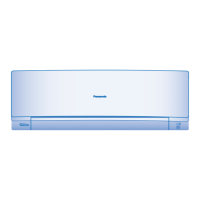
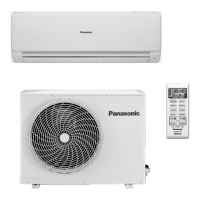
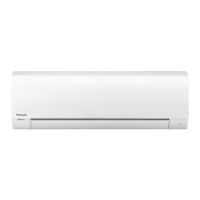
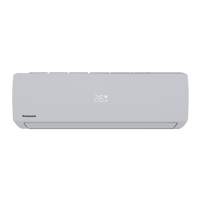
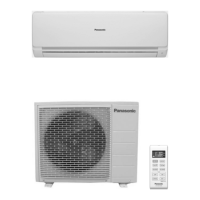
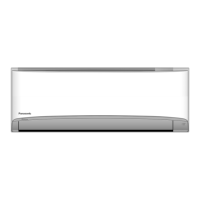

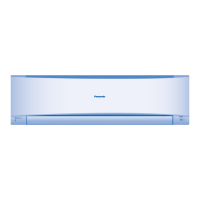
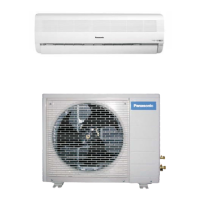
